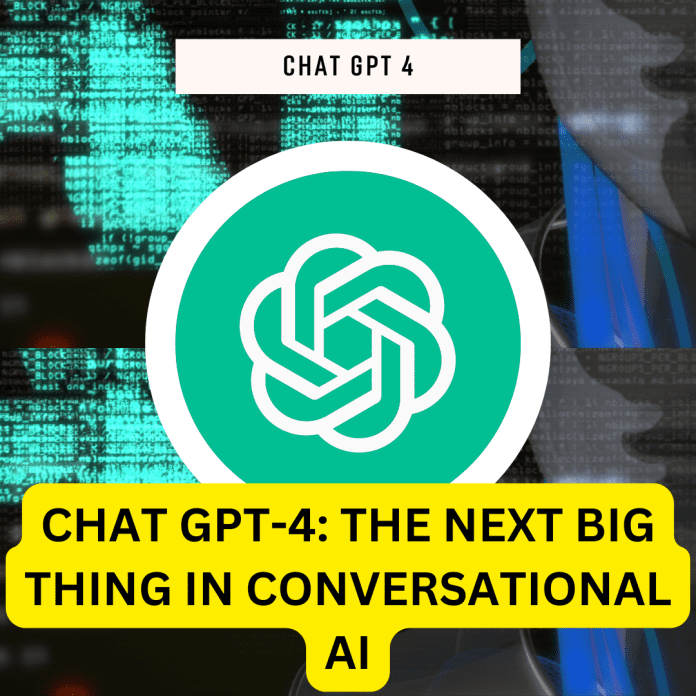Conversational AI has come a long way since the first chatbot, ELIZA, was developed in the 1960s. With advancements in natural language processing (NLP) and machine learning, chatbots are now able to carry out complex conversations and provide personalized responses based on user preferences and history. The development of GPT-3 by OpenAI in 2020 was a major breakthrough in the field of conversational AI, and now researchers are already working on the next generation: GPT-4.
What is GPT-4?
GPT-4 stands for “Generative Pre-trained Transformer 4” and is the successor to the highly acclaimed GPT-3. GPT-4 is an Artificial Intelligence model developed by OpenAI for natural language processing. It is designed to be able to understand and generate human-like language in a way that is indistinguishable from human communication. GPT-4 is predicted to be even more powerful than GPT-3, which is already capable of producing human-like writing and performing impressive feats such as generating complete articles, poems, and even computer code.
What are the features of GPT-4?
One of the most innovative features of GPT-4 is its ability to learn new tasks with minimal training. In contrast to GPT-3, which requires tremendous amounts of training data to learn new tasks, GPT-4 will be able to learn with much less supervision. GPT-4 will also be able to better understand the context and produce more accurate, personalized responses.
Another important feature of GPT-4 is its ability to reason and make decisions. Rather than simply responding to user inputs, GPT-4 will be able to generate responses based on its own internal logic and understanding of the situation. This will enable it to provide more insightful and helpful responses to users.
Why is GPT-4 important?
GPT-4 has the potential to revolutionize the field of conversational AI. It will be able to generate more human-like responses that are personalized to the individual user’s needs and preferences. This will create more engaging and productive conversations between humans and machines and could usher in an era in which conversational AI is used to provide support for entertainment, education, mental health, and other areas where humans typically interact with computers.
GPT-4 may also have implications for the future of work. As conversational AI improves, it could replace the need for human customer service or sales representatives. This could save companies money and provide customers with faster, more accurate service. However, it is important to ensure that there are safeguards in place to prevent conversational AI from displacing humans from the workforce.
Conclusion
As the development of GPT-4 and other conversational AI technologies continues, it is exciting to imagine the possibilities for the future of human-machine interaction. With the potential to improve everything from customer service to mental health support, conversational AI could make our lives easier, more efficient, and more satisfying. It is important for researchers and developers to continue exploring the capabilities of conversational AI while also considering the potential impacts on society and the workforce.
